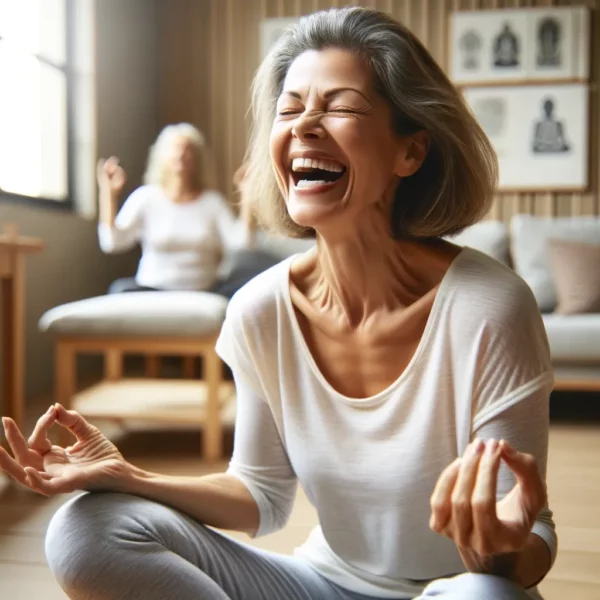Seasonal depression, also commonly known as Seasonal Affective Disorder (SAD), is a condition affecting many, especially with the holiday chaos layered on top. While traditional treatments like medication are often recommended, there’s a growing beneficial result in a more natural approach to lessening stress and enhancing your overall well-being. This article will shine a light on unique evidence-based methods to lift your spirits and let you shine during the darker months.
1. Light Therapy at Home
An increasingly popular method to fight off the winter blues is at-home light therapy. Academic research supports its effectiveness, citing improvements in mood and energy levels. [1] Simply sitting near a light therapy box for about 30 minutes a day can mimic outdoor light and cause a chemical change in your brain, lifting your mood. This is a great option for those who have to stay at a desk for long periods of time.
2. Daily Nature Walks
Even in colder months, spending time in nature can have profound effects on your mental health. A brisk walk in a natural setting can reduce stress levels and improve your sense of well-being. Unfortunately this option isn’t always available due to the uncertainty of winter weather, but on those days you can get out it’s highly recommended to get moving! Take in the beautiful art nature provides for us during the season while getting some sun & getting that blood flow going!
3. DIY Craft Activities
Engaging in simple DIY crafts like knitting, painting, or making homemade candles can serve as a form of art therapy. These activities can take your mind off stressors and increase your natural happiness. Plus, you now have fun decor to gift or decorate your space with!
4. Laughter Yoga
This may sound unconventional, but laughter yoga combines laughter with yogic deep-breathing exercises. It’s a low-cost, fun way to elevate your mood and can even be done virtually with friends!
5. Mindful Eating with Probiotic Foods
Researchers call our gut our “second brain” due to its connection with our brain to help produce hormones like serotonin, which regulates mood. So, that means when you feel gross inside, your brain is telling you that’s how you should feel about everything outside. Foods naturally rich in probiotics, like yogurt and fermented foods, have shown promise in enhancing mood by balancing gut bacteria, which is intricately linked to mental well-being. [2]
Seasonal depression can be challenging, but these new, low-cost methods are available and can make such a difference. From at-home light therapy to daily nature walks and mindful eating, these natural approaches can serve as easy strategies to improve your mood during the darker months.
By incorporating these natural strategies, you’re not just surviving the season, you’re thriving.
Remember, if symptoms persist, always consult a healthcare provider for a comprehensive treatment plan.
Interested in learning more? You might like these articles:
Click here to read: Probiotics Boost Mood in Winter! New Research Explains How.
Click here for reviews on the best probiotic supplements of 2023.
References:
- [1] Rohan, M. J., Mahon, J. N., Evans, M., Ho, S. Y., Meyerhoff, J., Postolache, T. T., & Vacek, P. M. (2015). Cognitive-behavioral therapy vs. light therapy for preventing winter depression: a randomized controlled trial. Journal of Consulting and Clinical Psychology, 83(5), 964–975.
- [2] Steenbergen, L., Sellaro, R., van Hemert, S., Bosch, J. A., & Colzato, L. S. (2015). A randomized controlled trial to test the effect of multispecies probiotics on cognitive reactivity to sad mood. Nutritional Neuroscience, 18(6), 237–241.





